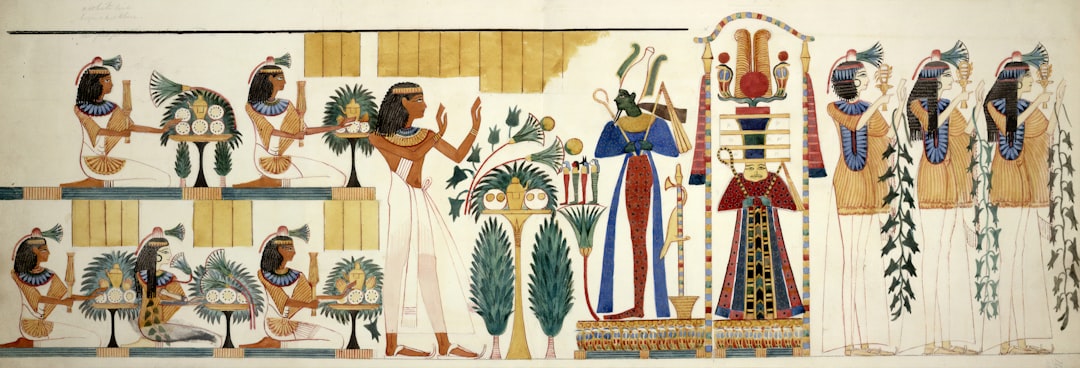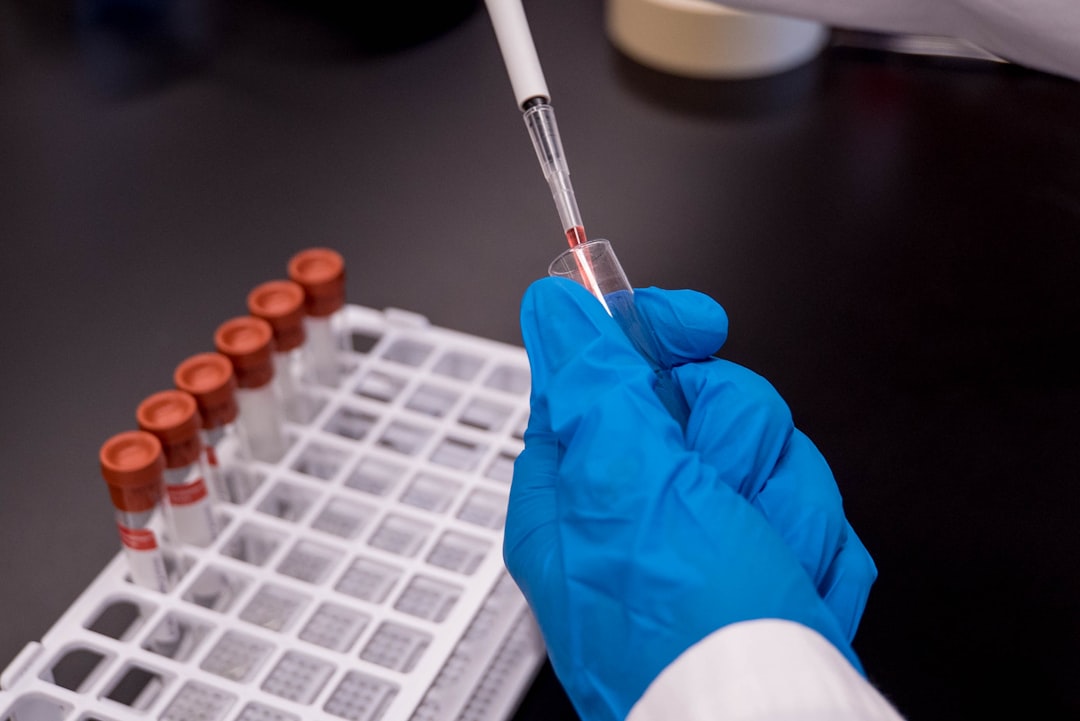What is it about?
Plant-associated bacteria have been previously shown to produce a class of plant hormones called gibberellins. However, while plant pathogenic bacteria usually produce a bioactive gibberellin, symbiotic, nitrogen-fixing bacteria (rhizobia) that associate with plants typically only have the capability to produce a non-bioactive intermediate. Here, we show that some rhizobia contain a functional enzyme, CYP115, that catalyzes the reaction necessary to produce bioactive gibberellin, but that the presence and distribution of this gene in rhizobia is limited.
Featured Image
Why is it important?
Although the reaction catalyzed by CYP115 is simple (a hydroxylation reaction), it results in the transformation of a non-bioactive gibberellin precursor into a potently active gibberellin hormone. In the context of plant-microbe interactions this is quite significant; production of a non-bioactive precursor may not have as profound an impact as the direct production of the active hormone, which has been shown to enact significant changes in plant growth and development.
Perspectives
Collectively, the presence of CYP115 within symbiotic rhizobia is limited, as only ~1/5 of gibberellin-producing rhizobia contain the gene encoding for this enzyme. Conversely, CYP115 seems to be always be found within gibberellin-producing plant pathogenic bacteria. This suggests that there may be selective pressure upon the loss of this gene within the symbiotic rhizobia. Perhaps most interestingly, the rhizobia that do contain CYP115 seem to have lost it initially (as most rhizobia seem to have), and then gained it back later in their evolutionary history. While we don't yet know the reason(s) for this, it does suggest an intriguing history and evolution of chemical ecology within plant-microbe interactions.
Dr. Ryan Stephan Nett
Stanford University
Read the Original
This page is a summary of: Characterization of CYP115 As a Gibberellin 3-Oxidase Indicates That Certain Rhizobia Can Produce Bioactive Gibberellin A4, ACS Chemical Biology, February 2017, American Chemical Society (ACS),
DOI: 10.1021/acschembio.6b01038.
You can read the full text:
Contributors
The following have contributed to this page










